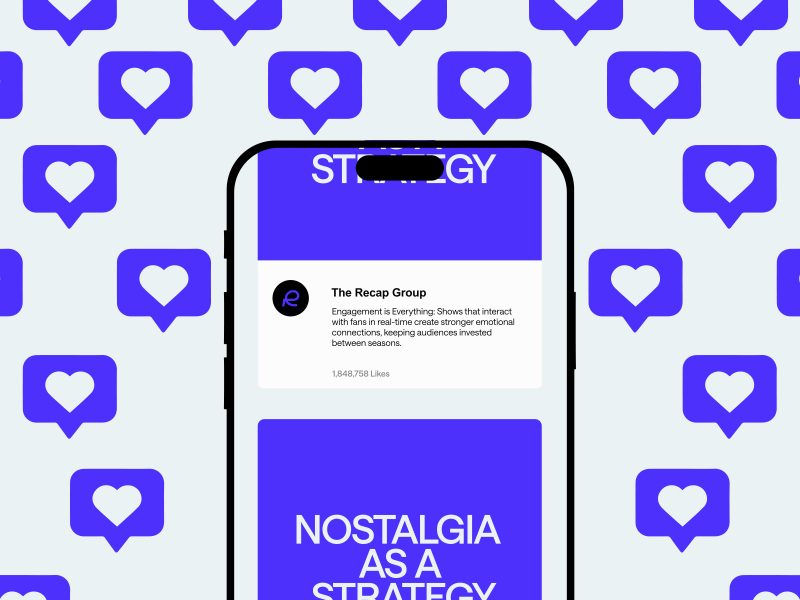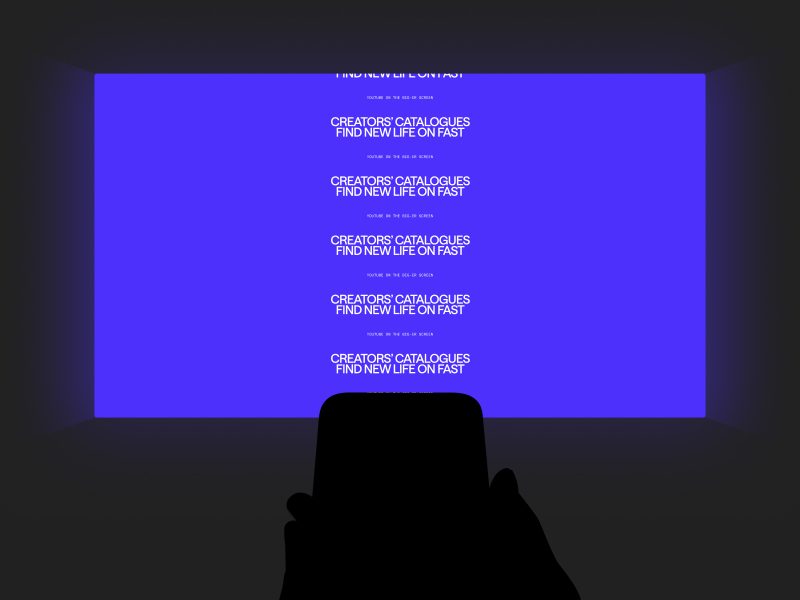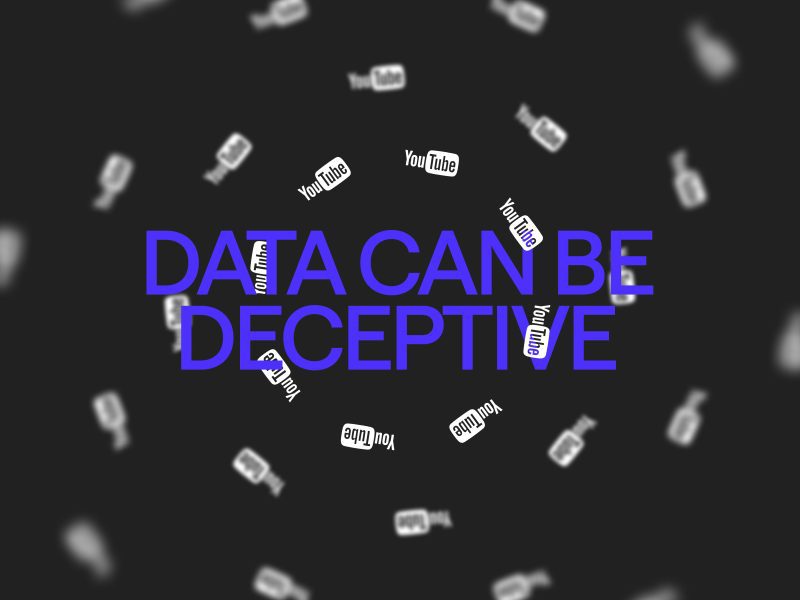How Social Media Can Turn a TV Show into a Phenomenon

Social media has transformed the way television shows engage audiences, turning niche programs into global hits. Two standout success stories – Stranger Things and Game of Thrones – showcase how strategic social media efforts can drive viewership and revenue.
04.04.2025
By creating viral content, leveraging fan engagement, and using innovative marketing techniques, these shows not only sustained high ratings but also became cultural touchstones.
Stranger Things: Nostalgia as a Strategy
When Netflix launched Stranger Things in 2016, it had no built-in audience. Yet, within weeks, the show became a must-watch phenomenon, largely thanks to a highly targeted social media strategy.
What They Did:
- Viral Marketing with Nostalgia: The show’s marketing team used 1980s nostalgia as a hook, creating content that resonated with audiences who grew up in that era. They released teaser trailers featuring retro graphics and classic synth music, sparking online buzz.
- Interactive Engagement: Netflix leveraged Twitter and Instagram with quizzes, interactive content, and behind-the-scenes footage.
- Influencer Collaborations: The cast participated in viral challenges, including Millie Bobby Brown’s frequent Instagram interactions that kept fans engaged between seasons.
Impact:
- Stranger Things became Netflix’s most-watched original series at the time, with over 64 million households tuning in for Season 3.
- The show generated millions in merchandise sales, from branded clothing to interactive experiences like the Stranger Things pop-up arcades.
- Netflix saw a surge in subscriptions coinciding with each season’s release, proving that social media hype directly drove platform engagement and revenue.
Game of Thrones: The Power of Real-Time Engagement
HBO’s Game of Thrones was already a hit by traditional measures, but social media helped turn it into a global obsession, dominating online conversations throughout its eight-season run.
What They Did:
- Hashtag Campaigns: HBO utilized hashtags like #ForTheThrone and #WinterIsComing to generate discussion before new seasons. Twitter and Instagram were flooded with fan theories and reactions, amplifying anticipation.
- Live Fan Interaction: During key episodes, HBO hosted live Q&A sessions and reaction videos from the cast, making viewers feel like they were part of an exclusive club.
- Meme Culture: The show leaned into its meme potential, with HBO even embracing viral jokes like “Bran the Broken” and “Arya Stark’s dagger drop.”
Impact:
- The final season broke viewership records, with over 19 million people watching the finale live across all platforms.
- HBO saw a significant boost in subscriptions, particularly around season premieres and finales.
- Licensed products, including limited-edition whisky, books, and even Game of Thrones-themed Oreos, generated millions in revenue, fueled by social media hype.
Key Takeaways for Media Owners
These cases prove that social media isn’t just a marketing tool—it’s a revenue driver.
- Engagement is Everything: Shows that interact with fans in real-time create stronger emotional connections, keeping audiences invested between seasons.
- Leverage Cultural Trends: Tapping into nostalgia (Stranger Things) or embracing meme culture (Game of Thrones) can make a show part of the broader pop culture conversation.
- Think Beyond the Screen: Merchandise, live events, and digital experiences can turn online hype into direct revenue streams.
For media owners, the lesson is clear: a well-executed social media strategy can turn a TV show into a franchise, ensuring long-term profitability and audience loyalty.
Sources: socialmediatoday.com marketingweek.com setup.us



